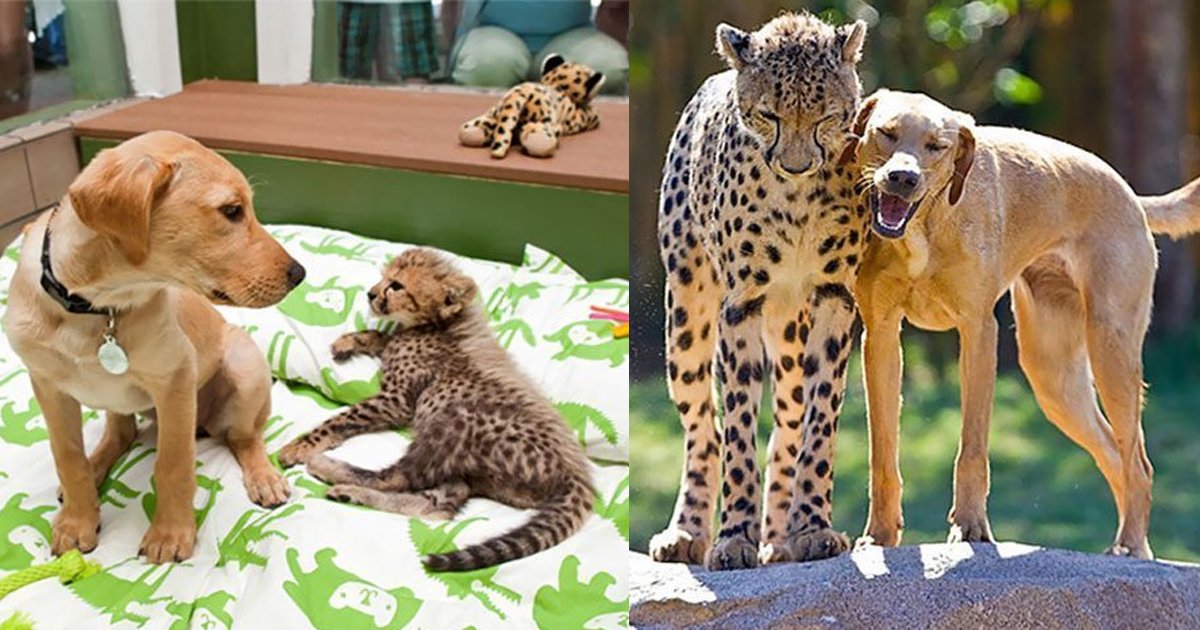

26, 2004, at B13.Īnimal hoarding is a form of abuse that affects thousands of animals each year, yet little is known about how cases are best resolved, the effectiveness of prosecution, and how sentences relate to the severity of the offense. Nick Madigan, Enlisting Law Schools in Campaign for Animals, N.Y. In addition, all of the gifts require that Barker endowment income be used solely to support a program for teaching and research in 1.

All of the gifts require the recipient school to offer a course in animal law a minimum of every other year and hold an animal law conference or other event in any year that animal law is not offered. At this point, the law schools of Columbia, Duke, Georgetown, Harvard, Northwestern, Stanford, UCLA, and the University of Virginia have received million dollar endowments.

3 In the years since that first gift to Harvard Law School in 2001, Barker has endowed several law schools with $1 million-dollar gifts and increased the Harvard Law School gift by another $500,000 so that the endowment would equal that of other schools. 2 When asked what would be a good way to recognize his many successful years of hosting, Barker himself raised the possibility of an endowment for the training and teaching of lawyers in animal rights law. Have your pets spayed or neutered." Over time, products made of fur or leather, aquariums, and fishing equipment were eliminated as show prizes prize barbecues were displayed with vegetables on the grill, not meat. For years he had closed the program with the lines: "Help control the pet population. Barker's interest in animal protection was well-known to everyone involved in The Price is Right, and changes that acknowledged his concern for animals had occurred on the show since the 1980s. The gift was not a complete surprise to the public or to Barker. 1 The endowment would fund teaching, research, and student opportunities in the field of animal law, specifically animal rights law. In 2001, Pearson Television honored Bob Barker for thirty years of hosting The Price is Right by making an endowment gift of $500,000 to Harvard Law School. A much-needed resource to examine the heart of this fascinating debate and a must-read for anyone interested in semiology, linguistics, philosophy, ethics, and law. This book argues that the two domains can be brought together in a challenging and productive synthesis. Law requires closure and categorical answers integrationism is an open-ended form of inquiry that is seen as removed from particular controversies. Integrationism offers a framework within which the wider theoretical and practical issues can be understood. In parallel with these debates, the question of the legal personality of artificial intelligence (AI) systems has moved to the forefront of legal debate, with entities such as robots, cyborgs, self-driving cars, and genetically engineered beings under consideration. This ground-breaking book draws from integrational semiology to investigate arguments around the rights of certain animals to be recognized as legal persons, thereby granting them many of the protections enjoyed by humans. In recent years a set of challenging questions have arisen in relation to the status of animals their treatment by human beings their cognitive abilities and the nature of their feelings, emotions, and capacity for suffering. Given that animal law and I have grown up together, I have been asked to write this article, which will discuss our mutual path in practice and academia. It has developed much like environmental law, its natural older cousin, which attracted so many in the 1960s and 1970s. During my tenure in animal law's thrall it has become a rapidly growing, vital social justice movement. My path as a lawyer for the animals, and as an animal law professor and lecturer, has paralleled the incredible growth in the field. 2 Each day I am grateful for the gift of this practice, the result of a truly providential mix of coincidence and circumstance.
GROWING UP ANIMAL FULL
I have had the honor of teaching full semester animal law classes more than twenty times at four Bay Area law schools, guest lecturing and speaking at conferences and classes in other schools across the nation, and co-authoring Animal Law: Cases and Materials, originally published in 2000 and now in its fourth edition. Since late 2005 my work has consistently been more than 90 percent animal law.
GROWING UP ANIMAL PRO
1 I started by incorporating isolated bits of pro bono work into a civil litigation practice and in 1996 I began teaching animal law. Over the past eighteen years I have had the rare privilege of riding on the waves of intellectual, legal and academic development of the field of animal law.


 0 kommentar(er)
0 kommentar(er)
